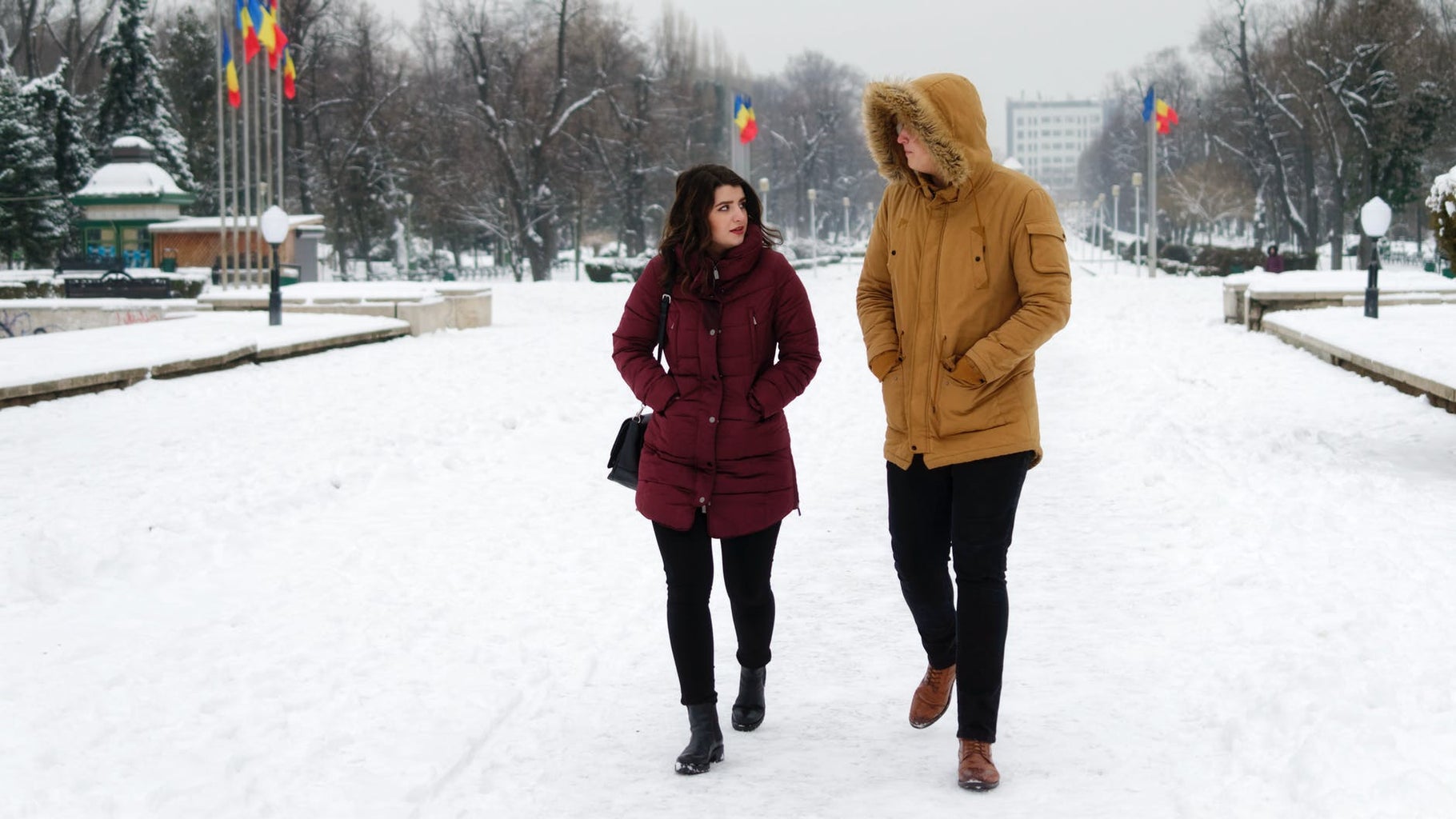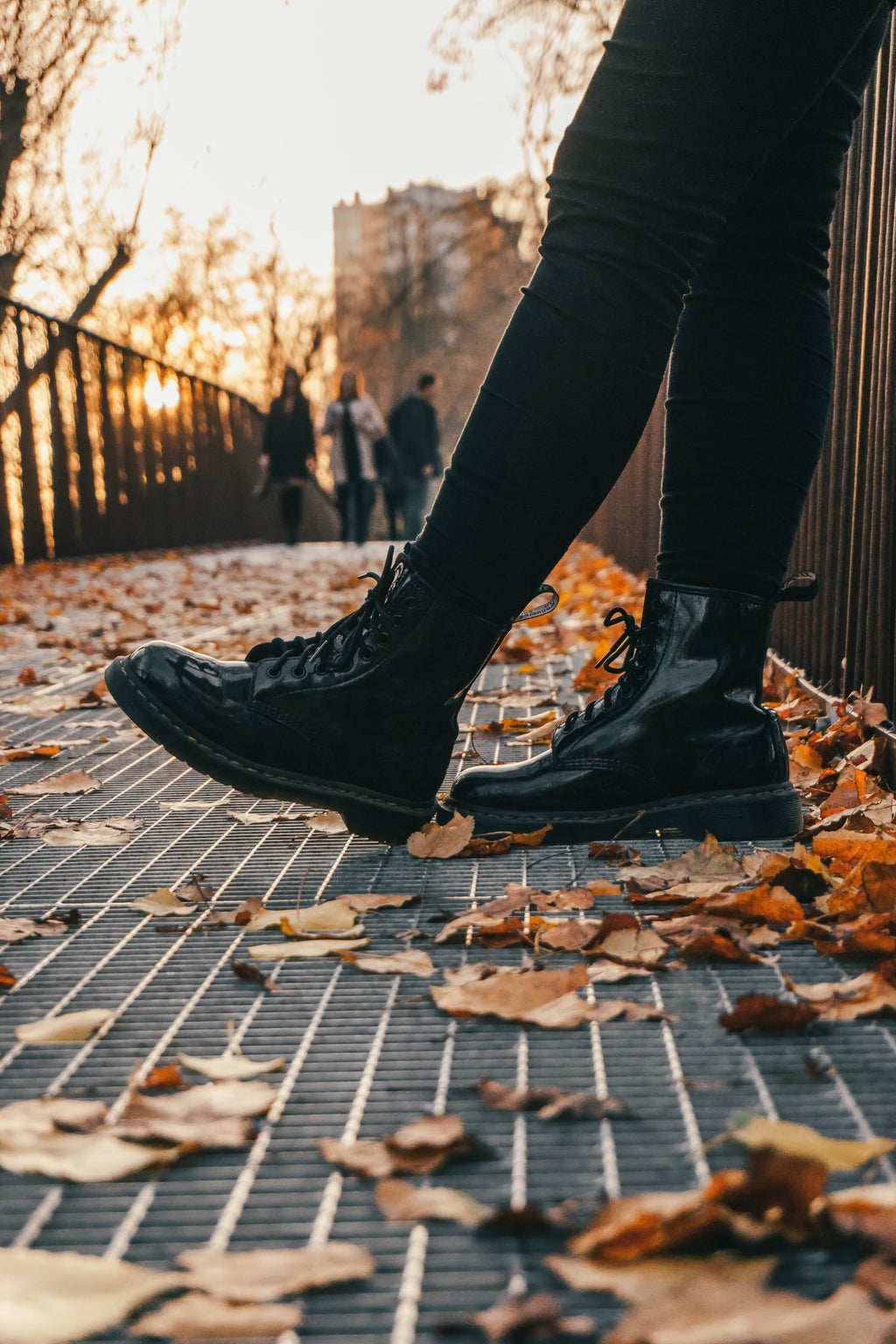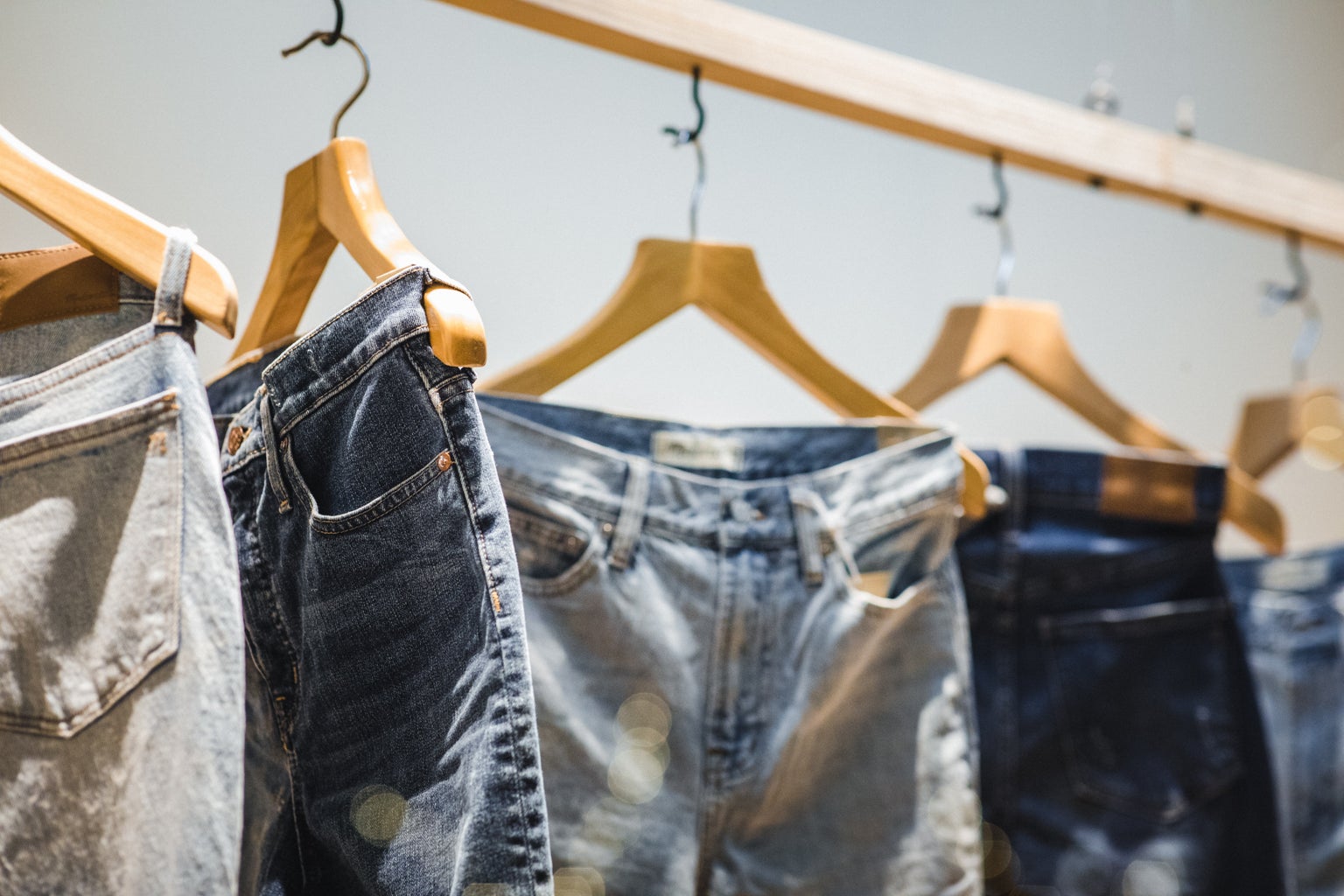Sweater weather is officially here! Frosty mornings call for layers and bundling up in an attempt to stay as warm as possible. In a world where trends change week to week and year to year, it is important to keep the essentials present in your wardrobe to both maintain a sustainable wardrobe and to preserve a sense of timeless style. It is crucial that we, as consumers, do not buy into short-lived trends fueled by the world of fast fashion (as Yves Saint Laurent said, “fashions fade, style is eternal“). Underpaid garment workers, detrimental environmental impacts, and more are all consequences of clothing items being offered at lower prices every year. The fashion industry is recognized as the second-largest contributor to global warming, and this could be greatly reduced if we all simply hold on to our garments and wear them for a longer period of time. The True Cost explains this in more detail. We can all do our part to help! Whether you buy clothing from thrift shops, ethical and environmentally-friendly brands, or simply keep what you have in your closet from unsustainable brands, you are helping! Here are 5 sustainable winter clothing items that never go out of style:
(1) neutral tone turtleneck

(2) black tights
It may surprise you that I consider tights to be a winter fashion essential. They seem like a minute and generally insignificant detail in an outfit, but they can make all the difference. In my opinion, tights make skirts, dresses, and even shorts seasonally appropriate and add an extra layer of warmth!
(3) hooded parka

Although parkas may not be necessary in some climates, I find them to be an everyday necessity in Seattle. They can range anywhere from $25 to $500+ but can last forever. I purchased one years ago and it is a puffer-style, mid-calf length jacket with a huge hood and fleece-lined pockets. I wear mine with jeans, skirts paired with tights, and even with sweatpants at times. If you don’t have a parka yet, it is definitely a useful investment that could last for decades.
(4) chunky boots

(5) straight-legged jeans

*note: in order to keep your clothes looking brand new and in the best shape possible, engage in these environmentally-friendly, cost-efficient, and garment friendly practices:
(1) Wash your clothes less often
I know this sounds gross, but you don’t need to wash a coat every time you wear it! This will lead to quick wear-and-tear. If you do laundry less frequently, you will also have larger loads when you do wash them and this is much more eco-friendly.
(2) Wash your clothes with cold water and on a delicate cycle
Using cold water prevents any unwanted shrinkage and is also better environmentally. Delicate cycles will not wash your clothes as roughly and can prevent those “balls of fuzz” from appearing on your garments.
(3) Use a drying rack as opposed to a drying machine
By reading the care instructions located on the tags of garments, you can see that many of them advise against placing them in the drying machine at all. You can prevent the unraveling or ripping of your clothes (and conserve electricity) by using a drying rack.


